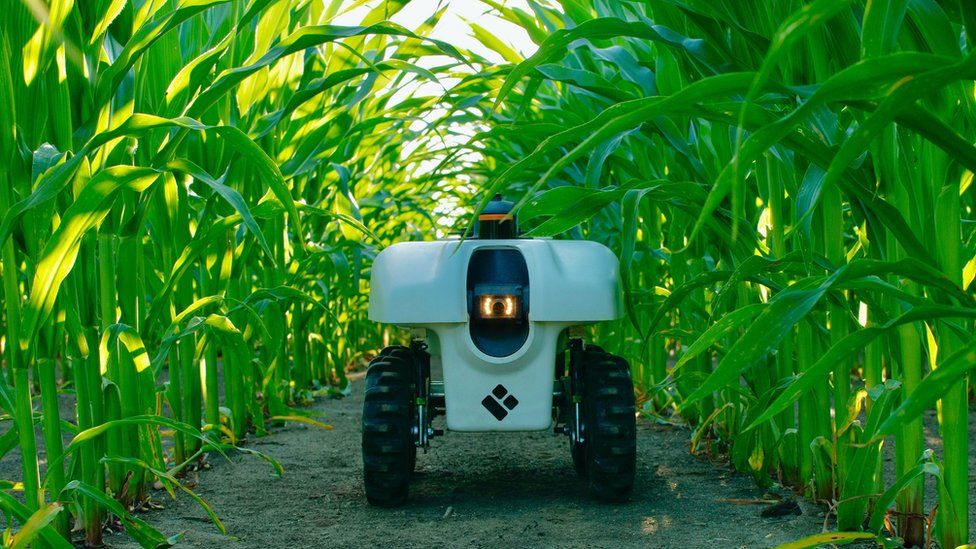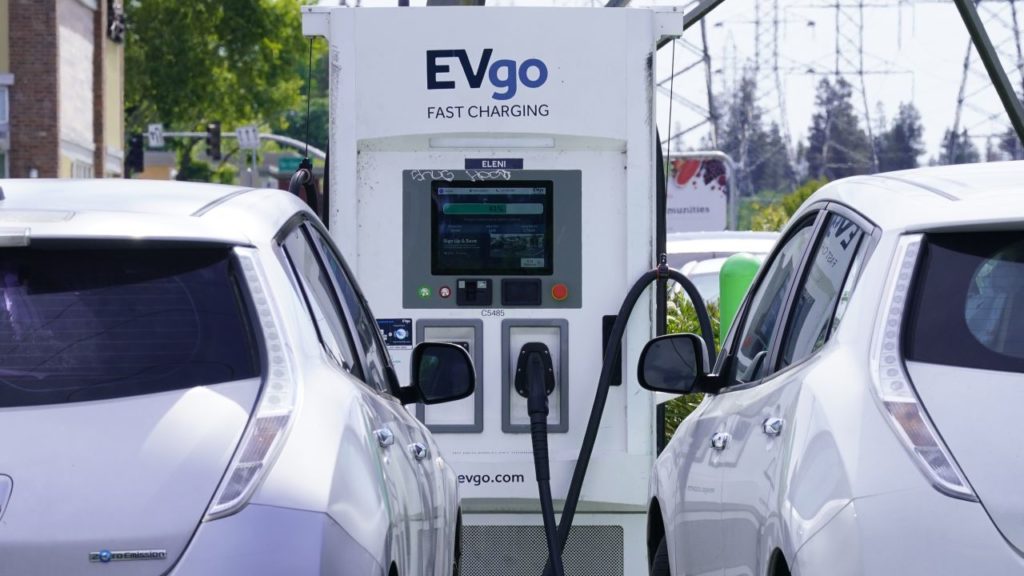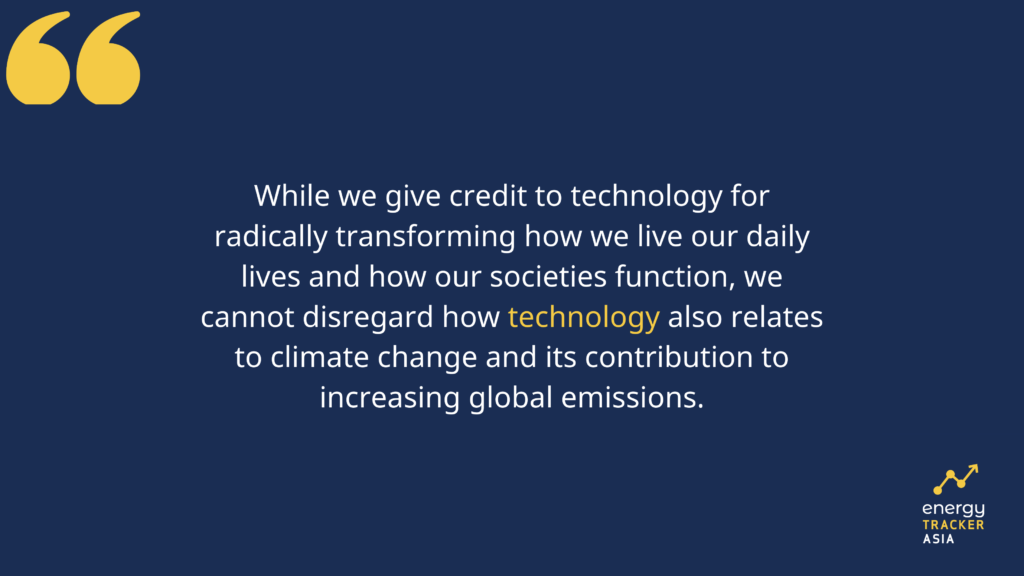Technological Innovation Examples: A Balancing Act for Climate Impact
Source: MIT Sloan
25 July 2022 – by Eric Koons
In the last century, technological innovation has radically transformed how we live our daily lives and how our societies function. From the use of smartphones and the dominance of social media to healthcare advancements to accessible automobiles. Every sphere of life is full of technological innovation examples and seeing the impact of technology. Emerging technologies like artificial intelligence, machine learning, quantum computing and the human genome project have taken the world by storm. These new technologies have started the debate about building smart cities.
It is also true that without technological innovations, people would not have gone through industrial development to be where they are today.
Technology Innovation Process and Climate Change
However, while we give credit to technology, it also comes with risks that put the long-term outcomes of people in question. This is especially true for how technology innovation process relates to climate change and its contribution to increasing global emissions.
People and Energy: From The Beginning
To begin, our consumption of energy has changed significantly thanks to technology. Initially, we relied on energy directly from the sun to provide heat and light during the day. Since energy was not available at night, people would sleep and rely on burning wood for heat, and they used waterpower to run basic mills.
Through the advent of electricity, humanity brought the Industrial Revolution. It led to the use of coal and gas to fuel our energy consumption. By the mid-20th century, homes were supplied with electricity, and the world’s first integrated national grid was created.
However, by the 1960s, over 94% of the world’s energy came from fossil fuels, polluting the environment and adding greenhouse gases to the air we breathe. As a result, the environmental movement grew, and we started to learn about climate change.
Now, in our current times, countries are considering renewable and cleaner ways of creating electricity through solar and wind farms. Technological innovation has helped to develop solutions for the problems initially created by technology. We see this pattern repeat itself in several industries.

Agriculture Needs a Second “Green Revolution”
Technology has always played a role in agriculture, but the 1960s saw a massive boom in efficiency. This period is known as the “Green Revolution” and allowed us to use less land and time to produce more food. This increase in efficiency is also known as intensification.
This process was driven by the development of modern crops and was supported by external inputs, such as inorganic fertilisers, pesticides, irrigation systems and new seed varieties. This was all driven by technology and innovation.
While intensification has improved the efficiency of global food production, it has also negatively impacted the environment. These impacts include habitat destruction, changes in hydrologic cycles, and the encouragement of climate change. Agriculture currently accounts for 19% to 29% of the world’s greenhouse gas emissions, mostly stemming from livestock, fertilizer use and organic waste.
Now that these issues are apparent, we need tech solutions with better technological characteristics. Options range from developing more efficient fertilizers to capturing methane released by manure and producing more efficient crops. Another viable option is taking a step back and applying sustainable farming methods.
These measures are extremely important because climate impacts will severely hamper agriculture, and without a change, the agricultural efficiency we’ve developed will likely decline.

Transportation: The Transition to Electric Vehicles
Transportation plays a leading role in our globalised world by allowing the travel and transportation of goods over long distances. However, transportation is also one of the largest contributors to climate change due to the emissions from fossil-fuel-powered vehicles. Around 21% of global carbon dioxide emissions come from the transportation sector.
However, we can now harness technological innovation to reinvent the sector. The development of electric vehicles (EVs) is a significant opportunity. There is already a growing market, but it is still immature. It accounts for around 1% of the world’s car fleet. On the flip side, the adoption rate is increasing, and EVs made up 8.6% of new car sales globally in 2021.
The main roadblocks to widespread EV adoption are the high costs, lack of charging infrastructure and microchip shortages. We still need further innovation to improve EV and battery efficiency, charging infrastructure and production efficiency.

Technological Innovation in Business: Manufacturing Waste Is Increasing
Thanks to technology in the manufacturing industry, we can produce goods much faster and more efficiently. This has led to a dramatic decline in product pricing, allowing businesses to increase their profits. Additionally, declining prices enable people of all socioeconomic classes to purchase goods that improve their quality of life.
From textiles to homeware and kitchenware, the manufacturing industry plays a crucial and far-reaching role worldwide. However, technological advancements have also led to high amounts of waste and significant greenhouse gas emissions.
Currently, 20% of each dollar spent in manufacturing is lost to waste, which is financially justified by mass production. Additionally, the manufacturing industry consumes over 50% of the world’s energy and produces 20% of the world’s carbon emissions.
There are countless ways to alter the manufacturing industry to reduce its global climate impact. Applying technological innovation will make products more sustainable. This would include improving efficiency, increasing recycling and developing sustainable packaging, which are all realistic options.
Another opportunity is the application of localised renewable energy generation to power large manufacturing sites. These facilities are prime candidates for renewables, as they typically have long life spans, are energy-intensive and are often located in remote areas with available land.

Applying Technological Advances to Limit Climate Change
The technological innovation examples discussed above prove that technology can be both a boon and a burden. It also shows that industries are ripe for disruption with sustainable technology, which slows climate change and can be a positive financial business decision.
It is time that we make the most of technology and consider its impacts on society and the environment. A synergetic approach between technology and business will benefit people, the planet and profits.

by Eric Koons
Eric is a passionate environmental advocate that believes renewable energy is a key piece in meeting the world’s growing energy demands. He received an environmental science degree from the University of California and has worked to promote environmentally and socially sustainable practices since. Eric’s expertise extends across the environmental field, yet he maintains a strong focus on renewable energy. His work has been featured by leading environmental organizations, such as World Resources Institute and Hitachi ABB Power Grids.
Read more